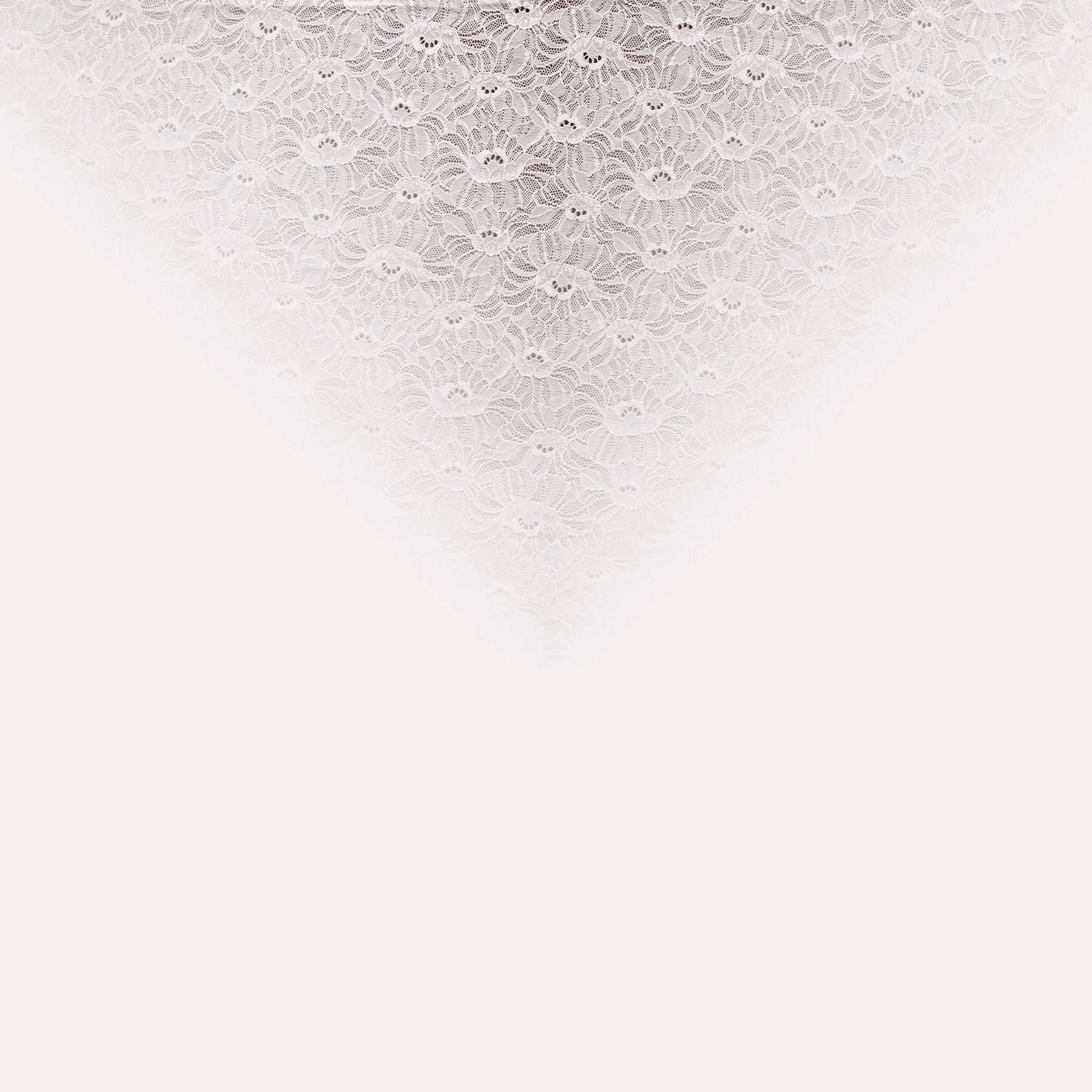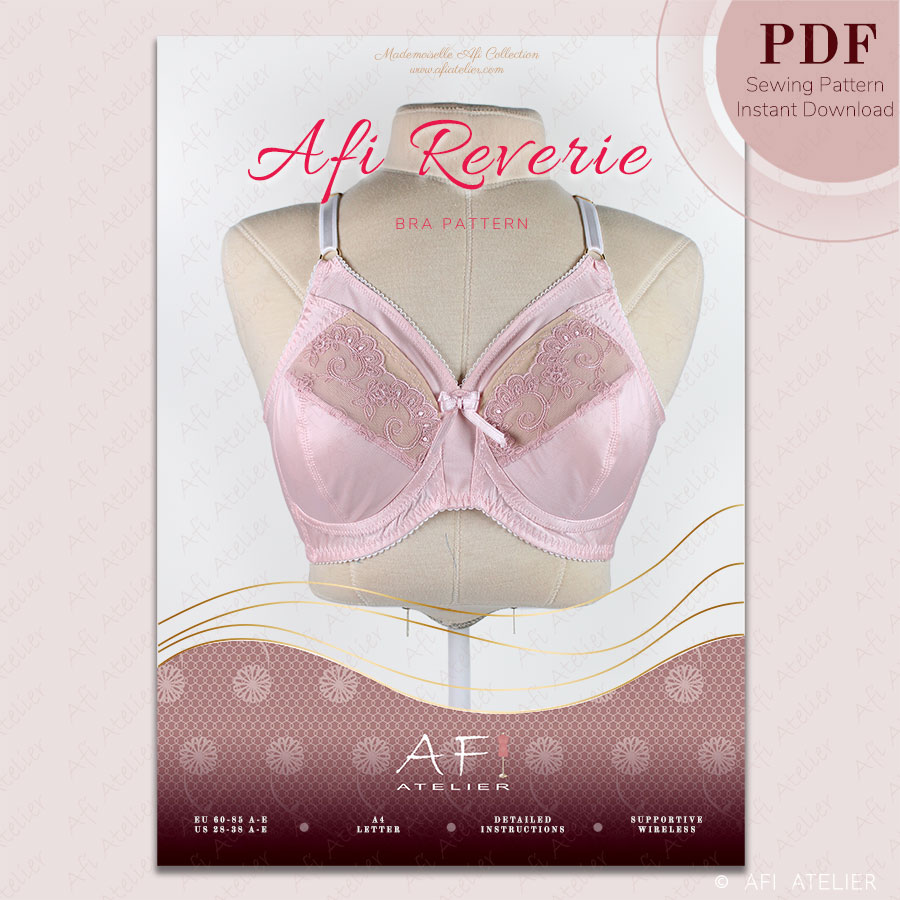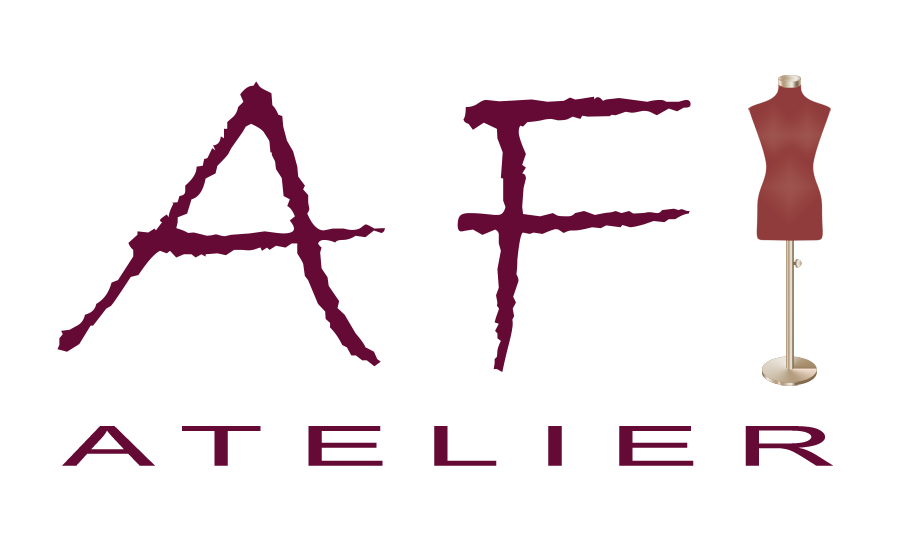
About measuring methods to determine the bra size
This article is one of my research conclusion. But I want to share the information with you since bra size is a very vivid subject nowadays.
This article came to my mind while I was investigating different methods for drafting an under-wire bra pattern. What first struck me right between the eyes was, which measuring method is the right one? They all take different measurements. However, in this post, I will only speak about choosing the bra size, not choosing the bra drafting method. But it is a good start for those who plan to draft a bra pattern themselves. I for one would have been very lucky to have found an article like this.
Every woman has struggled at some point to find her bra size. Some shops say to measure this and that, extract and based on that result determine the bra size. Yeah! Some shops say to measure there and there and match the results in some tables. But what measuring method is the right one? Let me tell you: there is none! Why: because bra manufacturers do not all sew bras using a unique standard. And if they did, every woman’s shape is different. So how can one woman find and buy a bra (pattern) that’s gonna fit?
Before we begin to look at methods, let me state that a bra size consists of two measurements: the band size and the cup size. BOTH these are the bra size. Band size is a number, the cup size is a letter (A, B, C… etc). Sizing methods in every country are different. And in one country, every manufacturer can or cannot obey the country’s sizing system. This is also a problem when shopping for a bra.
A bra size accounts for band and cup variables. But a body accounts for at least four: band size, cup volume, breast root, and breast shape. We want the bra to hug us nicely – this is the band size, we want our cups to encapsulate our breast tissue perfectly – this is the cup volume, we need our wires to touch the sternum comfortable – this is the breast root, and we want the bra to model, lift and support our breasts – this is the shape. You can spot that 4 variables are a lot if you start combining various sizes and shapes. But how is a bra only two variables then? Actually, a bra is also all 4 variables. But the shape is a constant. And the wire in regards to the cup volume is also a constant. What this means, is that bras are designed for a specific shape. Meaning they fit a closed range of bodies. This is why people consider that this brand is better for them, and the other is rather inappropriate. Because bras from one vendor match their shape, volume, and size, while the other does not. (Note: fabrics and quality of craftsmanship are not considered here, we only inspect sizing)
I will not refer to a specific sizing system, nor to concrete values. The interest here is the measuring mechanism. Positive facts for a method are marked with ‘+’, negative with ‘-‘.
Method 1
It’s the most popular method today. Measure the bust size. Measure the ribcage just under the breasts. Extract the ribcage from the bust. Depending on the size method approved by the manufacturer, you get into one category.

+ This method is a good starting point to try to determine your bra size
+ The band size is the one that was measured from the body (with approximation)
– This method does not take into consideration the shape of the body. One woman with a small back but big boobs can get the same size as one woman with a large back and small boobs
– The above comment means: the method does not take into consideration the actual breast shape and the wire diameter. It just assumes from the calculated difference, the diameter of the wire
Method 2
I have heard some manufacturers use the bust measurement and the above bust. Then extract from the bust girth, the chest (above bust), and based on the difference include you in one bra size.

+ I have no plus points to assign to it in regards to bra sizing
– A bra size consists of band size & cup size. According to this method, the band size is not measured but is calculated and assumed
– Also the cup size is calculated
– Method number 1 made 1 assumption to determine the cup size and the wire diameter. This method makes 2 assumptions: one to calculate the band, and one to determine the cup and wire. Method number 1 (with one assumption) is not accurate, how accurate do you think this method is (that makes two assumptions)?
And the last point: this method is to determine the cup size when drawing the basic bodice. The difference between those 2 measurements, gives you how big the bust dart is. But, I would very much like to write a separate article about this.
Method 3
There is no measuring tape involved. Despite that, I included it here, since we are searching for a method to determine the bra size. What we measure in this method is different bras of various sizes. Yes, some shops today, offer you the possibility to try on the bras before buying. So, you try on different bras till you find one that fits.
+ The plus side of this method is that you actually try the garment on your shape
+ This method works well if you combine it with method number 1. First, take the measurements, calculate and based on the result, go to a shop and try bras with the resulting size, one bigger size, and one smaller size. The chances you will get the right size are better
– Unfortunately, there are still women that do not know what the correct size for them is. They may consider one bra to be their size and it may actually be a very wrong one
– We cannot burg in every shop and demand to try on their bras! What about internet shops?
Method 4
This one takes very specific measurements from the bare body! Some drafting methods and designers use this. Let’s look at the measurements first. The band size is the underbust girth just like in method 1. The cup size is more complicated.

+ Works great for self-supporting breasts because it uses your actual breast measurement
– This method assumes the breast tissue is naturally lifted. For saggy breast, this method may output a considerable smaller bra size
– Many times people don’t know how to correctly measure these and because of that they end up with a wrong bra size
– Let’s assume you can lift your breast and take these measurements; now imagine you are bra business and when a customer comes in and asks for help, to determine her bra size you start touching and lifting her boobs


When you get to take measurements from a body with saggy breasts, all the numbers turn your world upside down. The measurements show the actual shape. But we want a bra that lifts breasts naturally and gives a natural look and shape. How do we get that bra size?
Method 5
Initially, this was the method I used for the Maya bra. For beginners, this method is a challenge. In this method, you take two measurements.


The wire must encircle the breast tissue. The wire must not lay on the breast or be larger than the breast circumference. Just at the root of your boob. Where to get the wire? Old bras. When you find the best wire, keep it! When shopping, take the wire with you. Look for bras with your band size only. Now, apply the wire to the bra channel. When you found one with matching band and wire – that’s the one!

+ You may not be allowed to try on the bra in every shop; but there are no restrictions in measuring your wire to the bras
+ This is more accurate since it takes your direct band measurement and wire diameter
+ Every respectable online shop should post a chart with the wires they use. You can print the wire charts at home, measure against your wire, and find your size in their measurement system
+ You do not get into trouble if your breasts are saggy. Your breast root is your actual measurement
– Not every virtual shop offers wire charts. Some consider it a trading secret
– This method does not account for the breast shape and volume
– For some shapes to spot the breast root is a challenge. To overcome this, lift your arm up high and slightly move it behind the head. You should be able to see the breast root trace

